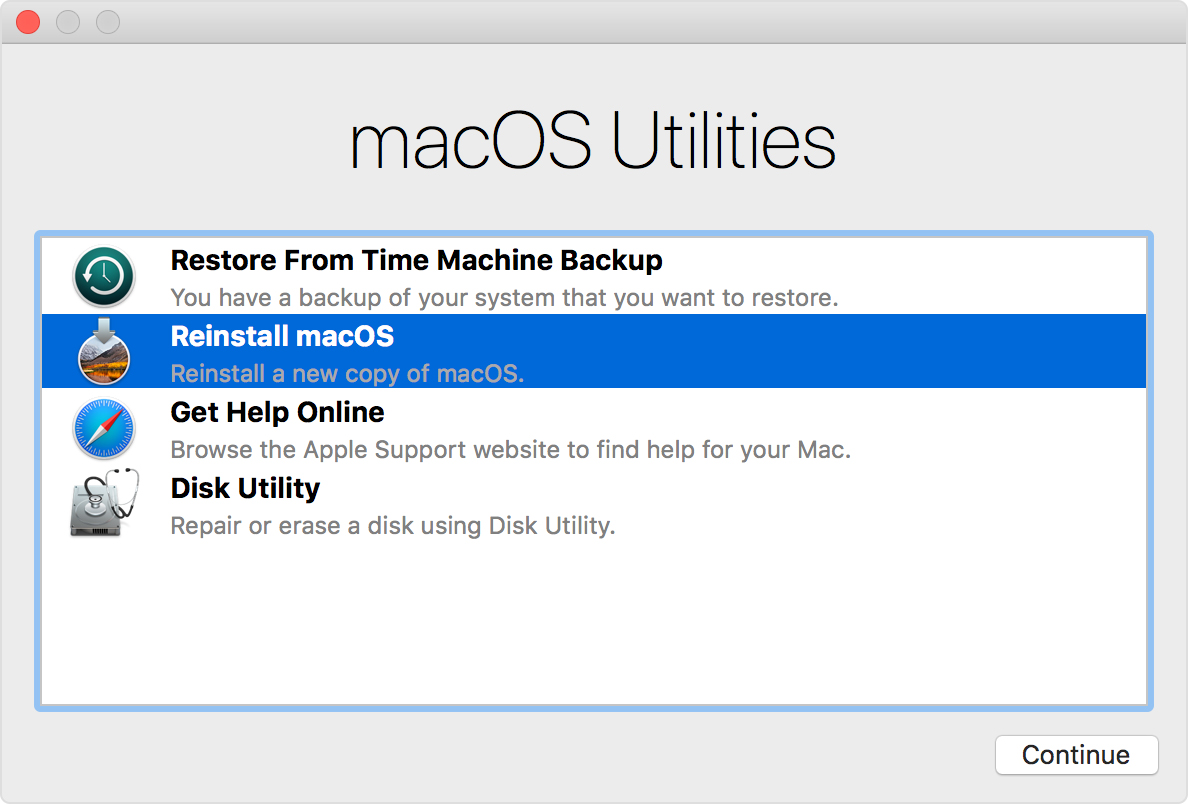
The array will disappear from the sidebar when you’re done.ħ. This will completely erase the disks, so double check.Ħ. Confirm your choice in the next dialog box. This is especially true of a RAID 0 array, which requires all members to function at all.Ģ. This will destroy all the information on the array, so only do this when you’re done. To break up a RAID array, you’ll need to delete it. And if you’ve selected JBOD, all those disks will now appear under a single name and icon within the operating system. If you’ve selected RAID 1, those disks will become mirrors of one another. If you have selected RAID 0, the disks you selected will be automatically striped together. Click on it to see more info about the array. In the main Disk Utility window, you should now see your new RAID array in the sidebar. This might take a couple minutes, depending on the size of your array and your interface speed. This will automatically format the disks and destroy any data on the drives, so make sure you don’t care about that.ħ. Confirm that you’ve selected the right disks, thought he names might not be too useful. Leave the other options on the default settings.

You’ll see the same screen here regardless of the kind of array you chose in the last stepĥ. Select the hard drives you want to include in your new RAID array.

In the next dialog box choose the type of RAID array you’d like to create. Click the File menu and choose the menu option labeled RAID Assistant…ģ. Look in /Applications/Utilities or type Disk Utility into Spotlight.Ģ. JBOD is essentially a directory of physical hard drives for user convenience. You won’t get any of the features or benefits of RAID 0 or 1. The OS combines two or more drives under one drive name and icon, creating one “logical” disk out of multiple physical disks.
:max_bytes(150000):strip_icc()/005_use-disk-utility-to-clone-macs-drive-4042367-5bc4e77946e0fb002698ce0b.jpg)
MacOS also offers JBOD, which stands for “Just A Bunch Of Disks.” It’s as prosaic as it sounds. This is awesome for applications that require high disk performance but can tolerate a lower level of data integrity, like scientific computing or AV processing. Because RAID 0 includes no duplication, if one drive fails in a RAID 0 array, the whole thing is hosed. You can no redundancy, but you can see a significant increase in read and write speeds. RAID 0, commonly called “striping,” shares data across both disks without duplication. It’s also only as fast as the slowest hard drive in the RAID set, since write operations must be done simultaneously.

Any user errors or corruptions will instantly copy themselves to both drives. It’s important to note that RAID 1 alone isn’t backup. In this way, the user is protected against the sudden failure of a disk. RAID 1, commonly called “mirroring,” use two or more hard drives containing exactly the same data.
DISK UTILITY FOR MAC OS SIERRA SOFTWARE
macOS provides native software support for the most common types: RAID 1 and RAID 0. This is then seen by the operating system as one drive, despite being made from multiple physical drives. It’s a protocol that allows users to combine multiple physical hard drives into a single logical data storage structure. RAID stands for Redundant Array of Independent Disks. You can access it through Disk Utility, and the graphical interface makes it easy to configure either RAID 1 or RAID 0. While the feature was removed in El Capitan, native software RAID has returned in macOS Sierra.


 0 kommentar(er)
0 kommentar(er)
